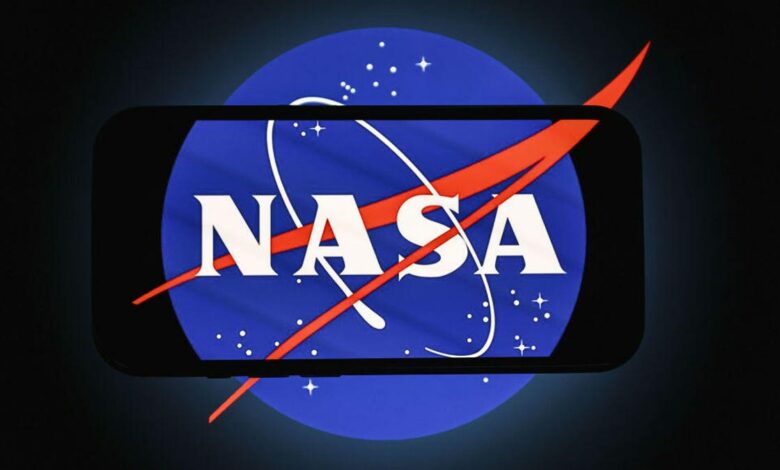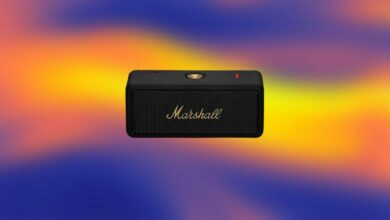Voyager 1 activated a radio it had not used in forty years

The iconic Voyager 1 space probe was the first man-made object to escape the solar system, traveling at a maximum speed of 60,000 km/h for 35 years to accomplish the feat. The probe was launched on September 5, 1977, and if the technology gets that old, it will undoubtedly encounter some problems. Voyager 1 spooked NASA last month when the space agency lost track of it for a few days, only to find it again on a different radio frequency when the probe switched to a radio it hadn’t used since the 1980s.
The drama started on October 16 when NASA engineers told Voyager 1 to turn on one of its heaters. Voyager 1 should have had enough power left to turn on the heater without any problems, but an unknown event triggered the fault protection system, which turns various instruments on the probe on and off to help conserve energy. Because radio transmissions from outside the solar system took almost a full day to reach Earth, NASA did not know that contact with Voyager 1 had been lost until October 18.
A computer-generated image of Voyager’s position relative to the Solar System as of October 2024.
At the time, the probe had reduced power to its X-Band radio, causing it to transmit on a different frequency. NASA was able to regain contact by briefly scanning the X-Band frequencies, but lost contact again on October 19. This time, NASA discovered that Voyager 1 had turned off the X-Band radio completely and switched to the S-Band radio instead. Tape radio, a radio that Voyager 1 had not used since 1981. NASA sent a test signal to confirm that the S-Band radio was indeed enabled and received a response on October 24.
NASA says it is leaving the S-Band radio on for now while it figures out why the fault protection system kicked in to get Voyager back to normal operation, including restoring the X-Band radio.
Almost 50 years old technology
Voyager 1 and Voyager 2 experienced their fair share of problems. Traveler 1 had technical problems in 2023 that had to be resolved before the probe began transmitting scientific data again in June 2024, while Voyager 2 had disabled some instruments to save energy in October 2024.
Both probes are in reasonably good health for their age, but neither probe is getting any younger. Both probes are powered by radioisotope thermoelectric generators. These generators contain plutonium that is constantly decaying and the generators use the heat generated by the decay to power the probes.
As the material continues to decay, the amount of heat it generates decreases, providing Voyager 1 and 2 with less power over time. To counter this effect, NASA has periodically shut down non-essential systems to keep both probes flying and operating as long as possible.
Currently, both probes have turned off a variety of systems to conserve energy, including the imaging subsystem responsible for Earth’s iconic blue dot photo. However, some scientific instruments are still online and still transmitting data. These instruments continue to provide valuable data about the universe beyond our solar system, including the ever-present interstellar gas through which Voyager 1 floats to this day.




